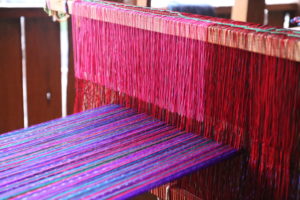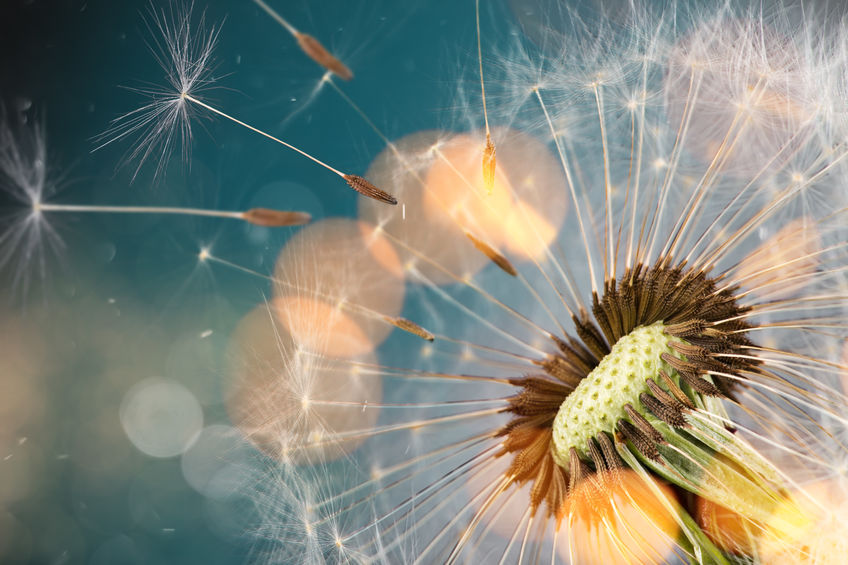
In a recent NYT column, David Brooks describes our current times as a war with two sides: those who sow division and discord in our communities, and those who nurture attachment and connectivity. “It’s as if we’re witnessing this vast showdown between the rippers and the weavers,” he writes.
Lest we feel too quickly our own superiority, Brooks observes that we are all part of the problem. We each struggle with overwork and a radical individualism that leaves us little time to know our neighbors. We are insulated from people who vote differently, dress differently, and use different words to express similar feelings of isolation, fear and concern for our future.
There are many more weavers than rippers, Brooks writes. There are more people who yearn to live in loving relationships and trusting communities, but they need strategies to strengthen their awareness and skills.
One of my favorite weavers, Otto Scharmer, expands on Brooks’ writing in his essay Axial Shift. Scharmer describes the emerging 21st-century polarity as a struggle between openness (seeing, sensing and co-creating) and a closed mindset, with behaviors such as blinding (not seeing reality); de-sensing (not empathizing with others); and blaming others (an inability to reflect).
“Complexity and interdependence require an opening: of the mind, of the heart, of the will,” Scharmer writes. “That opening process… is probably the most important and least well supported shift of our time.”
We need to strengthen our networks and grow our skills, Brooks and Scharmer argue, in order to nurture and support this process of opening in our current times. We need to invite in more weavers to train, to grow and to learn alongside.
In other words, we need to build a bigger loom.
As someone who’s spent a lifetime as a weaver, I couldn’t agree more. We are drawn to the work of community building because we believe that working together produces better outcomes for more people. And yet the skills and strategies of convening, facilitating and co-leading networks to realize real impact are as important as the intent to make a difference.
There is ample evidence that people are eager to bring new and promising practices to their communities and endeavors. Collective impact is inspiring communities across the globe to think more strategically and to act with more art and intention. Collaborative frameworks, thoughtful practices and a doubling down on the commitment to bring more people to the table is resulting in smarter, better-equipped, faster-moving change efforts.
Central to the effort are organizational networks that bring people together, share promising practices, and essentially keep the fires burning through the hard work of mindset- and systems-change. Three of my favorite organizational networks are the Tamarack Institute, CoCreative, and Beehive Productions. These groups are filled with people from whom I learn and with whom I work to a weave stronger, more loving community.
I hope you will get to know them, and that you will share your favorite weaver-networks with me. Together, we will weave a better world.

Thank you Deb for sharing this perspective. Another weaver that I learn from a lot is Curtis Ogden of the Interaction Institute for Social Change and the Civic Canopy. The best weavers open their doors, share their tools and let others learn how to weave from watching them practice. It’s a reaffirming process.